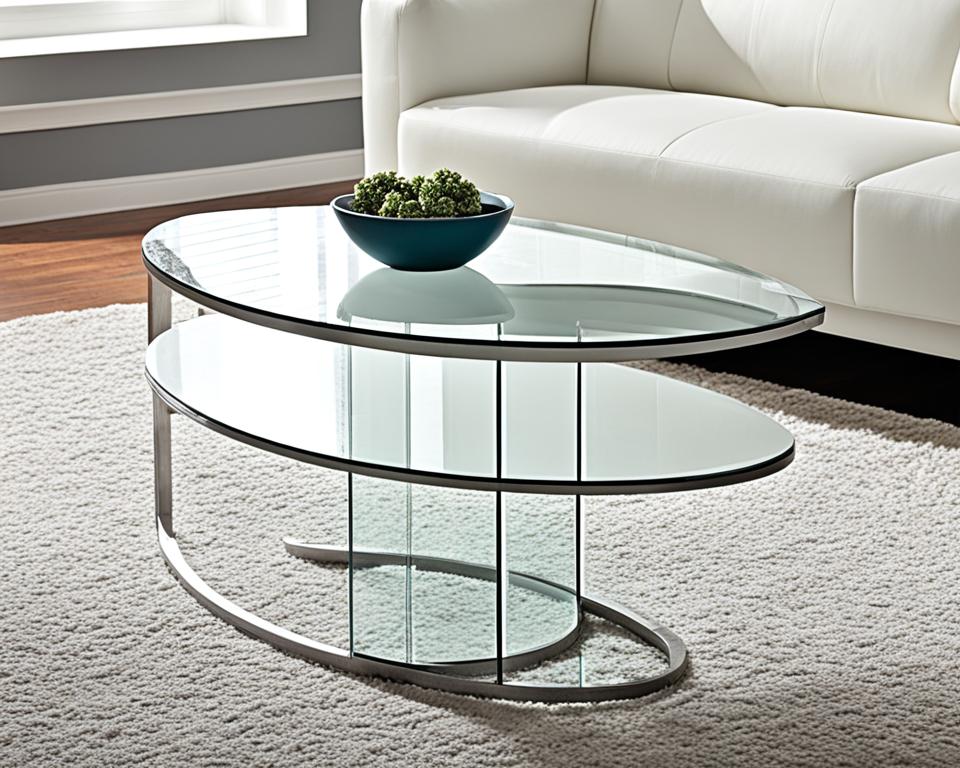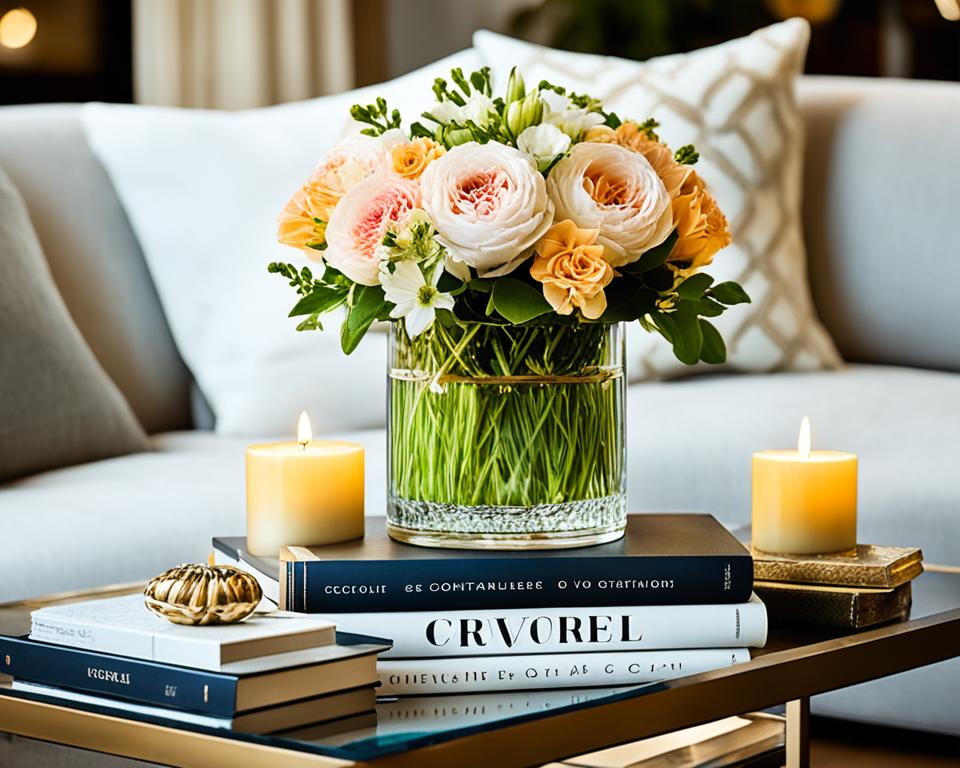The Japandi design trend, a harmonious blend of Japanese minimalism and Scandinavian functionality, has been gaining popularity in recent years. This hybrid style combines the best of both worlds, focusing on simplicity, natural materials, and a sense of calm. If you’re looking to create a serene and stylish living room, embracing the Japandi design trend can be the perfect solution. In this article, we will explore the key elements of Japandi design and provide tips on how to infuse your living room with this beautiful and timeless trend. We will also include image suggestions to inspire your design journey.
1. Embrace Minimalism
At the heart of Japandi design is minimalism. This approach emphasizes clean lines, uncluttered spaces, and a focus on functionality. Each piece of furniture and decor should have a purpose and contribute to the overall harmony of the room.
- Declutter your living room by removing unnecessary items.
- Choose furniture with simple, clean lines.
- Focus on quality over quantity.

2. Use Natural Materials
Natural materials are a key component of Japandi design. Wood, bamboo, linen, and stone are commonly used to create a warm and inviting atmosphere. These materials bring a sense of nature and tranquility into the living room.
- Opt for wooden furniture with a natural finish.
- Incorporate bamboo or rattan accents.
- Use linen or cotton for textiles.

3. Choose a Neutral Color Palette
The Japandi color palette is typically neutral, featuring shades of white, beige, gray, and earth tones. These colors create a serene and calming environment, allowing the natural materials and textures to shine.
- Stick to a neutral color palette with soft, muted tones.
- Use different shades of the same color for depth and interest.
- Add subtle pops of color with accessories.

4. Focus on Functionality
Functionality is a core principle of Japandi design. Each piece of furniture and decor should serve a purpose and contribute to the overall functionality of the room. This approach ensures that the living room is both beautiful and practical.
- Choose multifunctional furniture, such as storage ottomans or coffee tables with hidden storage.
- Ensure that furniture is comfortable and practical.
- Avoid unnecessary decorative items that don’t serve a purpose.

5. Incorporate Greenery
Bringing a touch of nature indoors is an essential aspect of Japandi design. Houseplants add life and vibrancy to the living room, while also improving air quality and contributing to a sense of well-being.
- Choose low-maintenance houseplants, such as succulents or snake plants.
- Use simple, unadorned planters that complement the overall aesthetic.
- Place plants strategically to enhance the room’s design.

6. Blend Textures
Blending different textures adds depth and interest to a Japandi-inspired living room. Combining smooth and rough, soft and hard materials creates a balanced and harmonious look.
- Mix natural textures, such as wood, stone, and linen.
- Use textured throws or cushions to add warmth and coziness.
- Incorporate woven baskets or rugs for additional texture.

7. Prioritize Comfort
Comfort is a key element of Japandi design. The living room should be a place where you can relax and unwind, with comfortable seating and a cozy atmosphere.
- Choose a comfortable sofa with soft cushions.
- Add a plush rug for warmth and comfort underfoot.
- Use soft lighting to create a cozy ambiance.

8. Highlight Craftsmanship
Japandi design celebrates craftsmanship and attention to detail. Well-made furniture and decor items with a focus on quality and craftsmanship can elevate the overall aesthetic of the living room.
- Invest in high-quality, handcrafted furniture.
- Choose decor items that showcase traditional craftsmanship.
- Avoid mass-produced items that lack character and quality.

9. Embrace Simplicity
Simplicity is a cornerstone of Japandi design. The goal is to create a serene and uncluttered space that promotes relaxation and mindfulness. This is achieved by embracing simplicity in both design and lifestyle.
- Keep decor and furniture simple and unadorned.
- Avoid excess and focus on essentials.
- Create a sense of balance and harmony in the room.

10. Balance Light and Dark Elements
Balancing light and dark elements creates a dynamic and visually appealing space. The contrast between light and dark adds depth and interest, while maintaining the overall calm and serene atmosphere.
- Use light-colored walls and furniture to create a bright and airy feel.
- Incorporate dark accents, such as a dark wood coffee table or black cushions.
- Ensure that the balance between light and dark is harmonious and not overwhelming.

Infusing your living room with the Japandi design trend is a wonderful way to create a serene and stylish space. By embracing minimalism, using natural materials, choosing a neutral color palette, focusing on functionality, incorporating greenery, blending textures, prioritizing comfort, highlighting craftsmanship, embracing simplicity, and balancing light and dark elements, you can achieve a harmonious and timeless living room that reflects the best of both Japanese and Scandinavian design.


